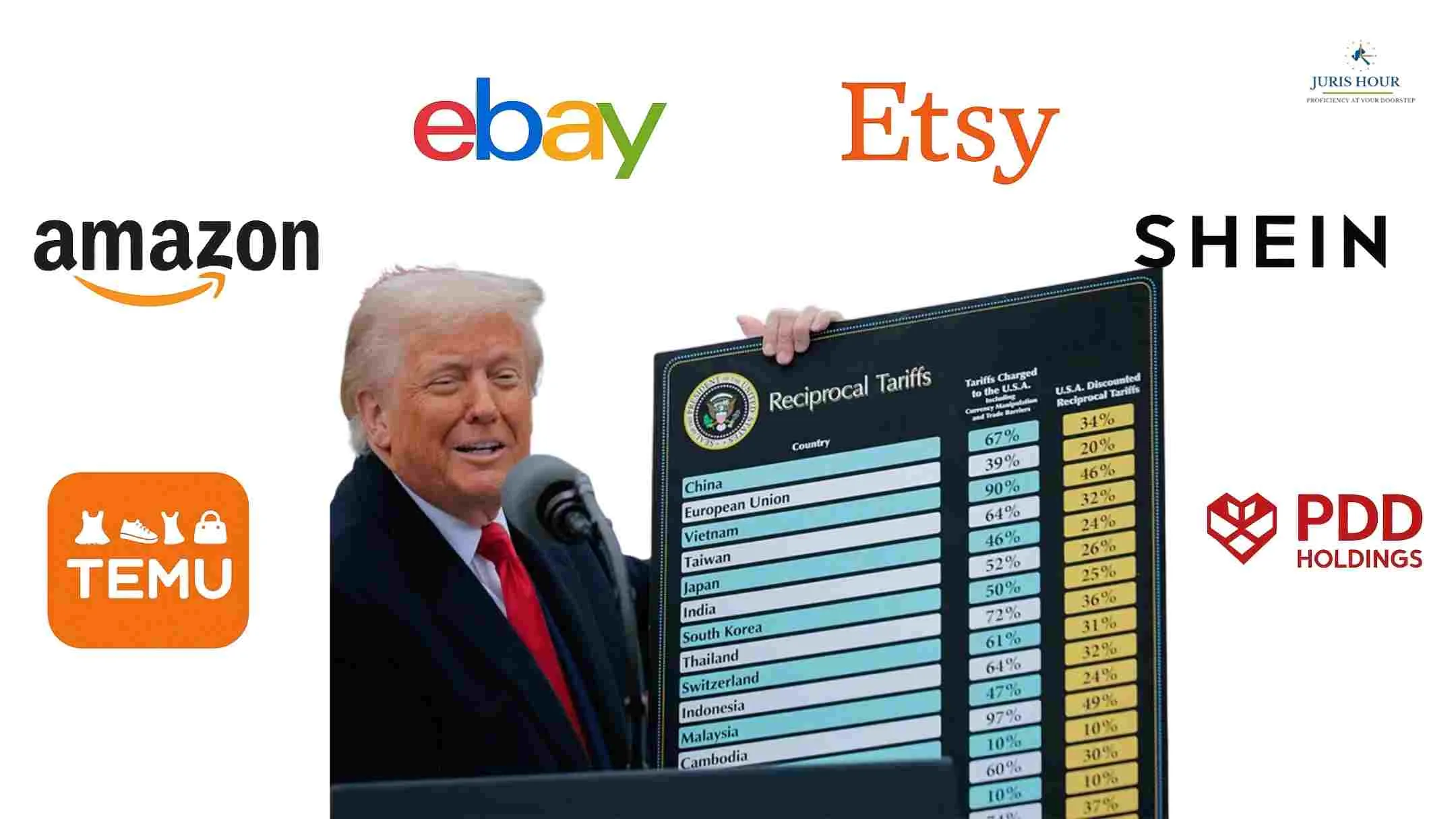On July 30, 2025, U.S. President Donald Trump signed an executive order ending the longstanding de minimis exemption for low‑value goods under $800. This move applies globally, not just to China and Hong Kong.
The rule takes effect on August 29, 2025, accelerating a legislative repeal originally set for July 1, 2027 under the “One Big Beautiful Bill.
How the change works?
Previously, packages valued under $800 entering the U.S. via postal network were duty‑free and subject to minimal customs checks.
After August 29, all such shipments—regardless of origin—must clear duties either via Flat tariffs of $80–$200 per item (valid for six months); or Ad valorem duty, using the country-of-origin tariff rate.
Why it matters to India—especially e‑commerce?
India’s small‑parcel exporters—from handcrafted jewellery and textiles to mobile accessories—have long relied on de minimis for cost‑competitive access to U.S. consumers.
With the new policy Many sellers will no longer qualify for the $800 exemption. New duties could dramatically raise landed costs and slow delivery times. Price-sensitive buyers may switch to domestic or other suppliers.
Industry and policy fallout
India’s exports to the U.S. (valued at around $87 billion in 2024) include garments, gems, pharmaceuticals, and electronics—all likely to face headwinds from both the de minimis repeal and an additional 25% tariff announced on August 1, 2025 on Indian goods.
Indian industry leaders and economists warn of Short-term disruptions in cross-border trade. Greater competition pressure, margins erosion. Rupee depreciation and potential impacts on GDP and exports.
New Delhi has opted against retaliatory tariffs, instead continuing diplomatic and trade negotiations, with a U.S. delegation slated for the sixth round of trade talks in Delhi from August 25.
Wider U.S. and global context
The U.S. Customs and Border Protection processed over 1.36 billion de minimis shipments in 2024, up from 153 million in 2015. The vast majority were from China and Hong Kong.
The Trump administration justifies the policy shift as a necessary tool to curb fentanyl trafficking and counterfeit goods. Penalize “unfair” trade practices and close loopholes exploited by foreign sellers.
Platforms like eBay, Etsy, Amazon, Shein, Temu, and PDD Holdings have already been affected; some stocks dipped on the news. Analysts expect small businesses to feel the brunt.
Implications for Indian e‑commerce exporters
1. Higher costs, lower margins
Without de minimis:
Even low-value parcels will incur fees, reducing profit margins for Indian small-scale exporters. Leading to possible price increases or reduced competitiveness.
2. Operational & logistical challenges
Sellers must now manage:
- Customs declarations for each package,
- Compliance with new rules,
- Potential delays at U.S. ports.
Those shipping via international postal services now face more scrutiny and documentation burden.
3. Strategic shift
Exporters may pivot to:
- Regional warehousing or U.S.-based fulfillment
- Larger shipment consolidation
- Exploring alternative export markets beyond the U.S.
4. Policy engagement
Industry groups and trade bodies are urging:
- Faster bilateral negotiations for exemptions or reduced duty rates,
- Government support via subsidies or market diversification.
Conclusion
The U.S. elimination of the $800 de minimis exemption, effective August 29, 2025, fundamentally alters the economics of low-value e‑commerce exports—especially from India. Combined with newly imposed 25% tariffs on Indian goods starting August 1, this move may significantly erode the competitiveness of Indian online exporters.
While India maintains constructive dialogue with Washington, businesses must urgently retool logistics, pricing strategies, and explore alternate markets to stay resilient in the changing global trade landscape.


